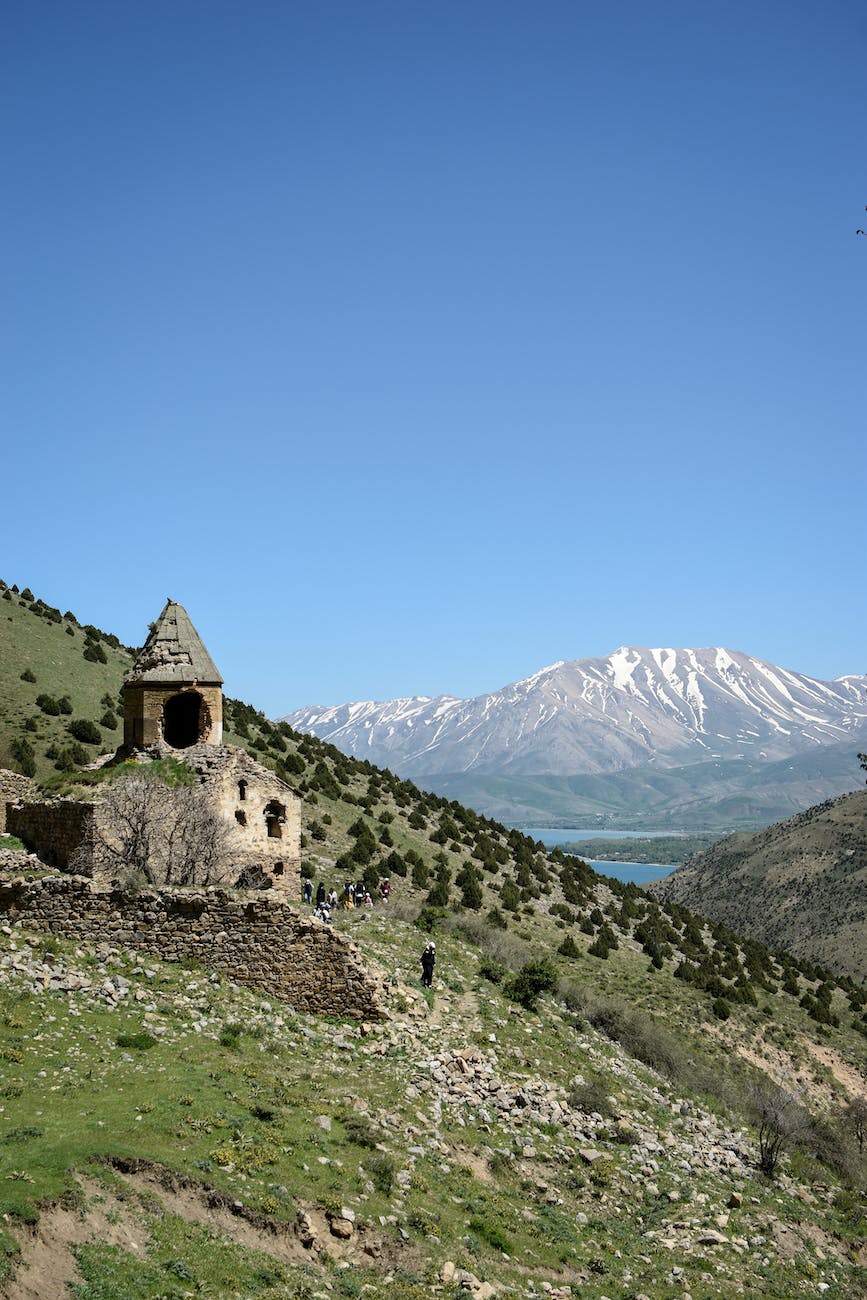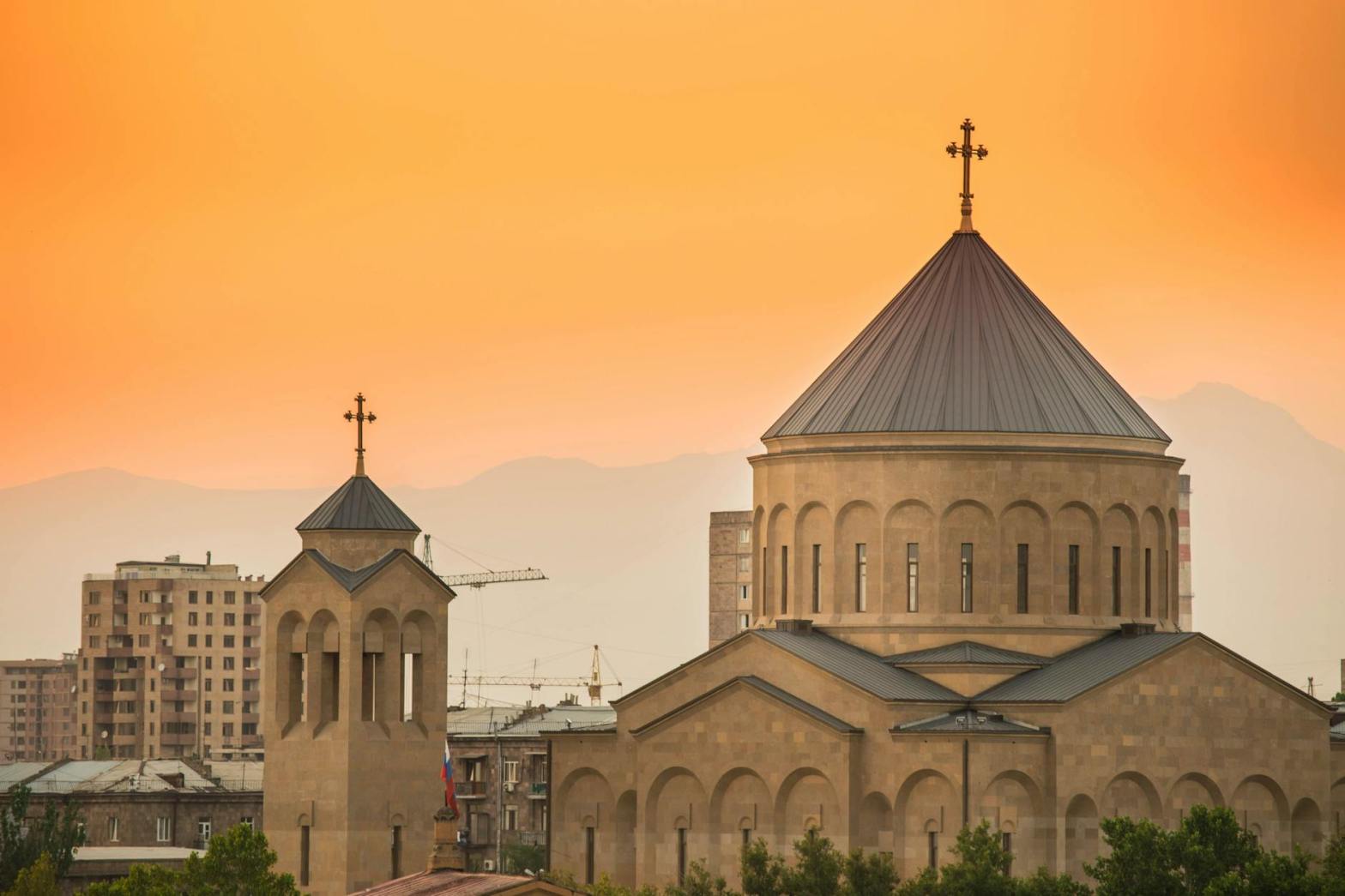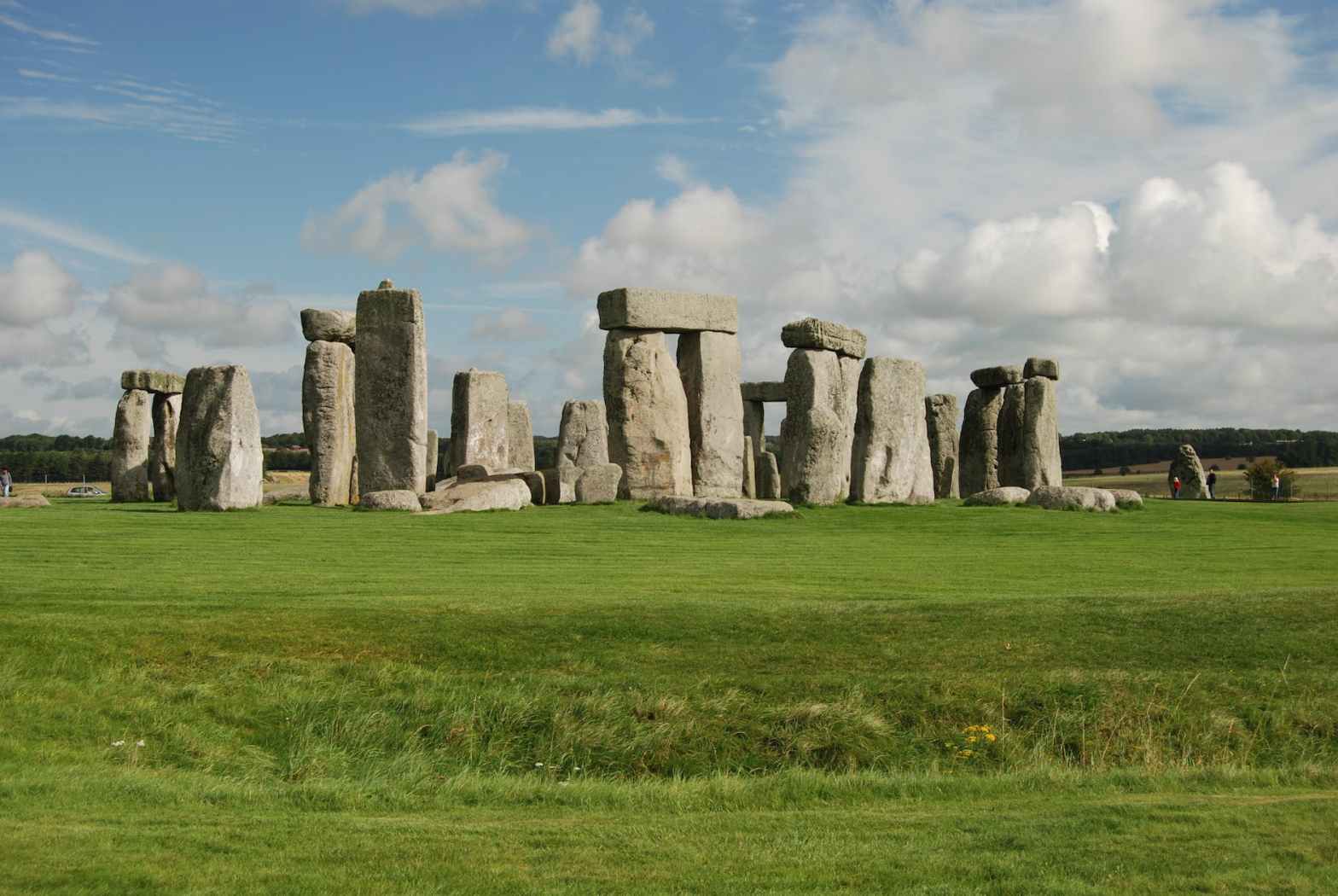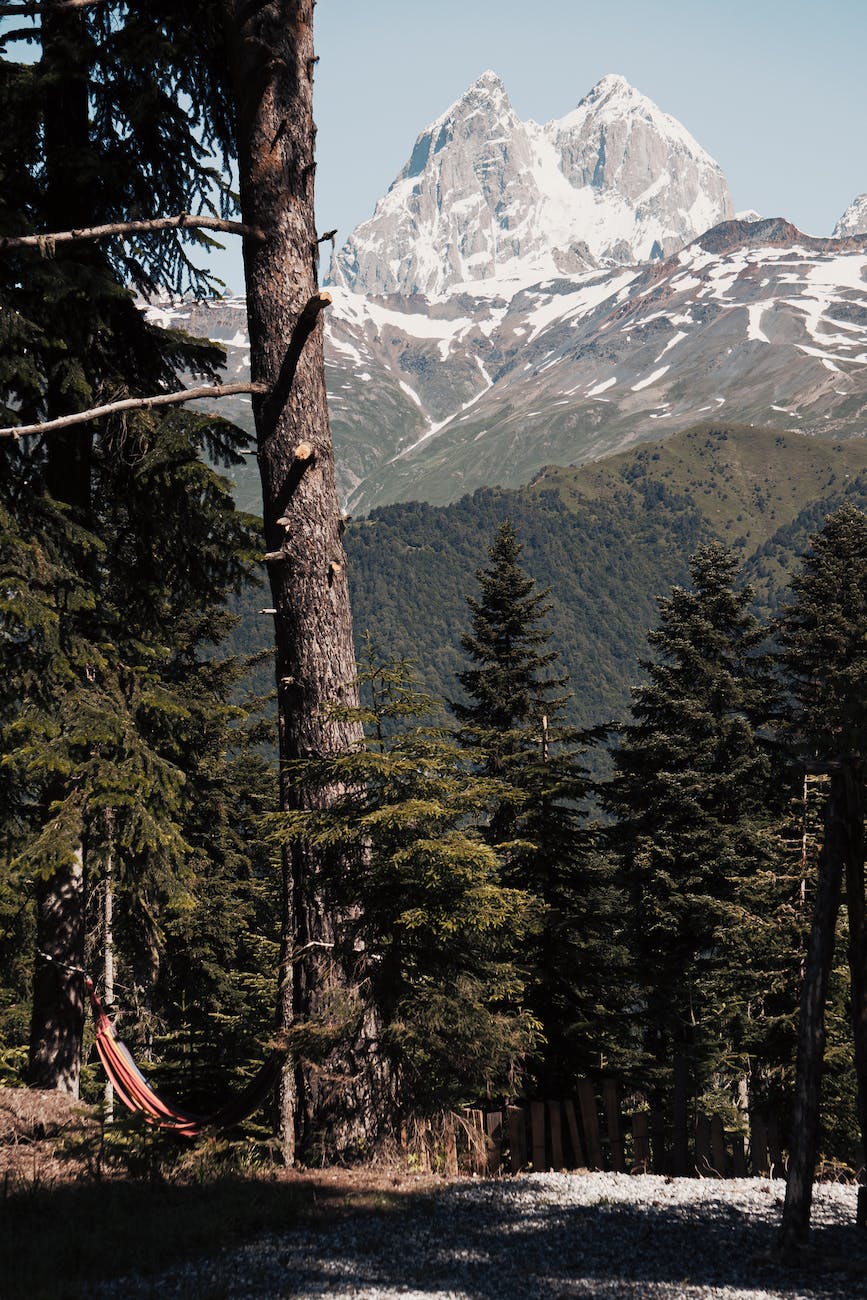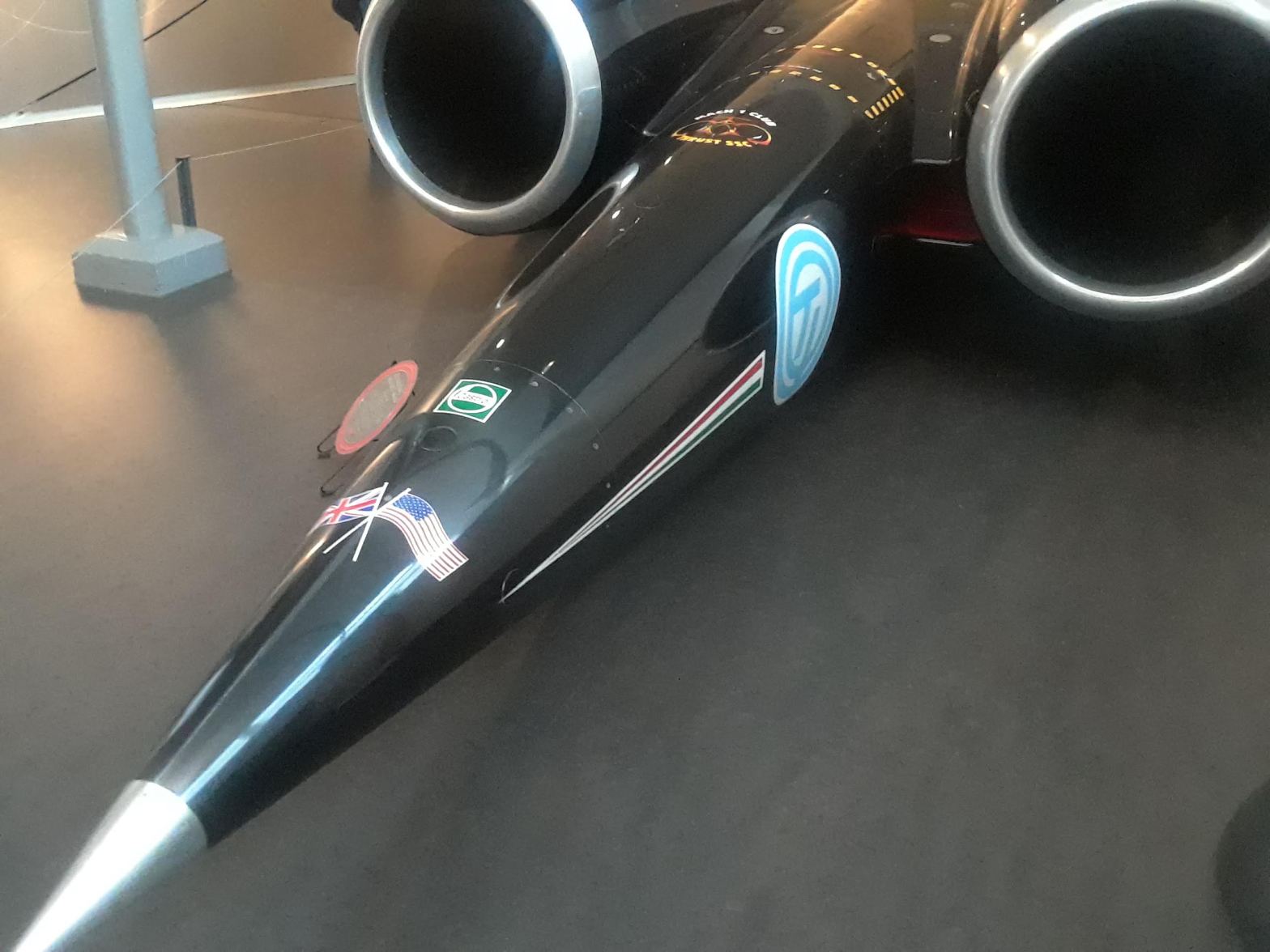Stalin’s original Georgian name was Ioseb Besarionis dze Jughashvili. The Russian equivalent of this is Iosif Vissarionovich Dzhugashvili. During his years as a revolutionary, he adopted the alias “Stalin”, and after the October Revolution, he made it his legal name, so he became Iosif Vissarionovich Stalin.
Stalin is probably the most famous person born in the country of Georgia and my next stop was at the Soviet-style town of Gori, where Stalin was born. Here, I visited the museum – it’s a shrine really and learned about his life.
I’m sure most people know that Stalin initially began training as a priest in the Georgian Seminary before abandoning religion to become a brigand and join the new Bolshevik movement. It’s been suggested that Georgia escaped the worst horrors of Stalin’s regime because he was afraid of his conservative Christian mother. You must remember that in Stalin’s case, “escaping the horrors of Stalin’s regime” still means 80,000 Georgians were shot, 800,000 were deported, and 400,000 were killed during the period of the Great Patriotic War between 1941 and 1945. With Stalin, statistics quickly lose their impact.
The Stalin Museum itself is really fascinating though I’d start outside with the place of his birth, which is preserved under a glass-roofed Doric temple. Lavrenti Beria, a fellow Georgian who was the longest-serving and most brutal of Stalin’s secret police chiefs, erected this temple. He wielded his most substantial influence during and after World War II. Following the Soviet invasion of Poland in 1939, he organised purges such as the Katyn massacre of 22,000 Polish officers and officials. As soon as Stalin died, Beria was living on borrowed time. He was executed at the end of 1953, barely six months after Stalin died.
Stalin’s private railway carriage is worth seeing too. The fittings are basic, but comfortable. The carriage has six axles to bear the weight of the armour plating.
Entering the interior of the museum is like stepping back into the days of the Soviet Union. The decor is drab, there are offices with signs for the most menial of tasks, and the lighting is subdued. Individuals may not walk around on their own. There are guided tours given by people who have answers to all your questions, even though those answers don’t come close to the truth. I declined the opportunity to buy a Stalin fridge magnet or a mug with his face on it. To be fair, in 2010 the museum opened a mock secret police cell in the basement providing limited coverage of The Terror, the resettlement of people, and the expulsions to the gulags. This is a sort of balance I suppose.




